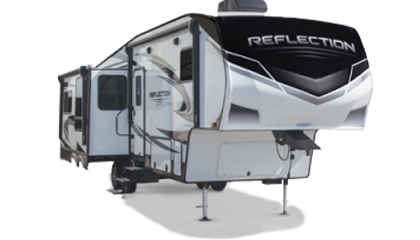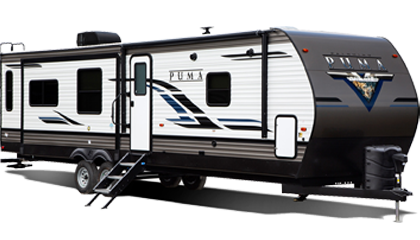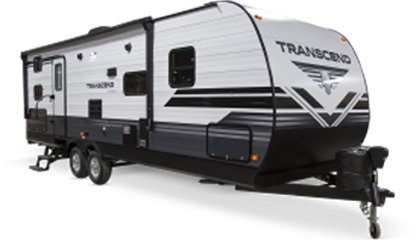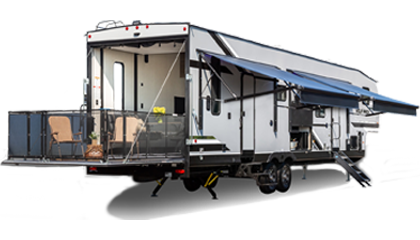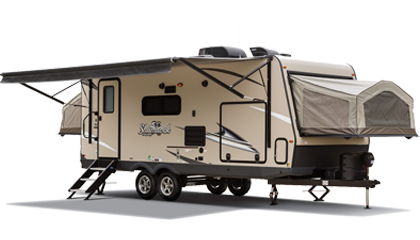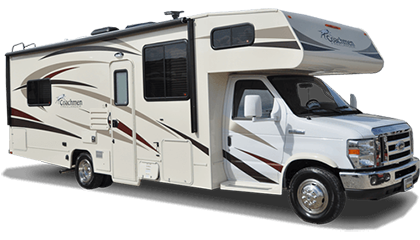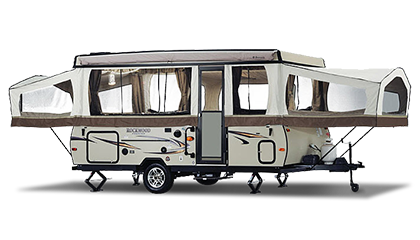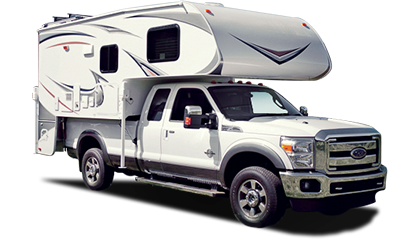Do I Need Two Air Conditioners, or is One Enough?
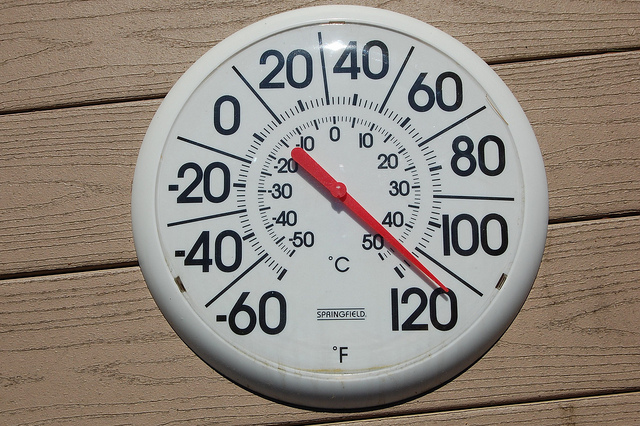
Picture this: it’s the middle of July, and the weatherman is calling for another 90-degree scorcher outside. The humidity is unrelenting. And you’ve got your calendar cleared out for a long weekend of summer fun in your RV.
But with the heat encroaching, it’s hard not to envision the worst: trying to sleep in a sweaty, undercooled RV with fussy kids sounds pretty miserable.
Should you worry about your RV’s air conditioner? Will one air conditioner be powerful enough?
Here’s everything you need to know about keeping your RV cool during the summer, and if one air conditioner will be enough.
MEASURING POWER
Distances are measured in miles and feet, electricity is measured in watts and amps and air conditioning power is measured in BTUs.
A BTU (British Thermal Unit) measures the amount of heat an air conditioning unit can remove from the room. Simply put, the more BTUs your air conditioner has, the more powerful it is. In RVs, the power of air conditioners run the gamut from 11,000 BTU up to 15,000 BTU, and the majority of RVs come standard with 13,500 BTU air conditioners.
However, at Good Life, in nearly all of our RVs, we opt for the more powerful 15,000 BTU units, and around 90 percent of the RVs we sell come standard with 15,000 BTU air conditioners.
RULE OF THUMB
If you’re considering purchasing an RV but are concerned about how cool the air temperature gets, there’s one easy rule of thumb: the length of the RV. Up to 32 feet, most RVs are sufficient with one air conditioner. More than that, however, and you’re likely going to need two.
There are two reasons for this: size and airflow.
The size of the RV is an obvious factor in the decision to need two air conditioners. The more space you need to cool, the more air conditioning power you’ll need. On top of that, larger RVs tend to be less cavernous and more segmented, including rooms separated by doors, which constrict the flow of cool air. If your RV has an array of different rooms, you might want to consider a second air conditioner.
PAINT
The color of your RV is an often-overlooked factor in determining whether or not you need a second air conditioner. Take a look around your local RV dealer – there’s a reason why most of the RVs you see are white, beige or a light tan. They reflect the sun’s rays, which absorbs much less heat and results in a cooler RV.
That doesn’t mean that darker-colored RVs are rare. In fact, they’re becoming more popular. Giving an RV a full coat of paint can be expensive, which is why many of the entry-level RVs are white, the color of unpainted fiberglass. But the higher-end models do feature paint, which is typically dark.
And the darker your RV is, the more likely you’re going to need a second air conditioner.
LOCATION
If your idea of a long-distance RV vacation is going up to the Wisconsin Dells, there’s no need to factor location into your decision on whether to purchase a second air conditioning unit.
But if you’re selling your house and moving into an RV full-time, you’re going to need one. If you’ve ever been in the Southwest during the summer, you know it gets very hot. A second air conditioner can be enormously handy if you’re planning on traveling around – even if you’re not using it all the time.
Photo courtesy theclf

